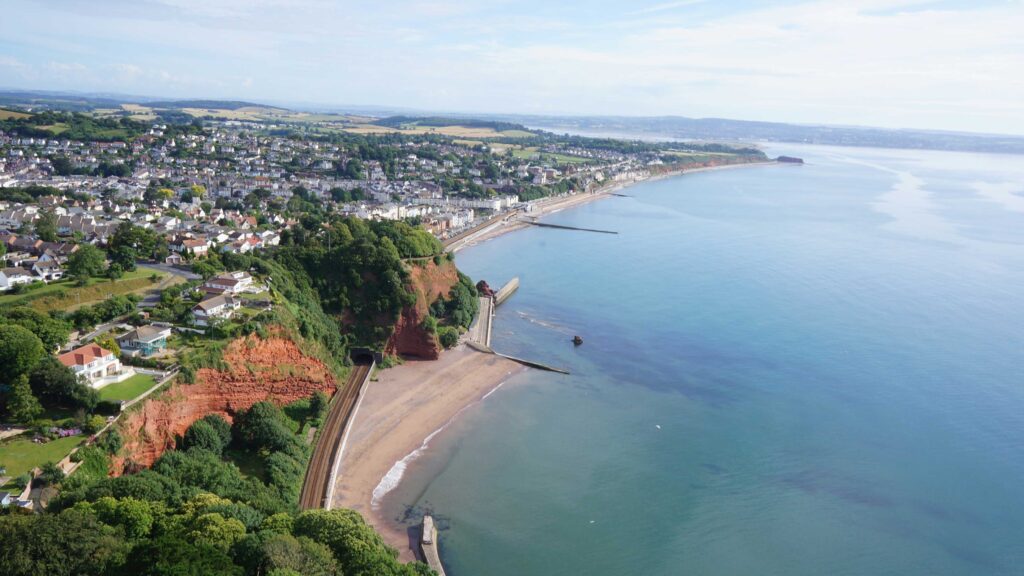South West Rail Resilience Programme
We’re making the line between Dawlish and Teignmouth more resilient
In 2014, heavy storms shut the railway between Exeter and Newton Abbott for eight weeks. Since then, we’ve worked to make the railway more resilient to extreme weather. The route is a vital artery that connects communities and businesses in the South West to the rest of Great Britain.
We’re now working on phase five of the project. Testing will take place to guide our future work.

How did we get here?
Following the extreme weather event of 2014, we spent £35 million to reinstate the railway. The South West Rail Resilience Programme was then established by Network Rail to identify and implement options for further resilience work.
In November 2018, a project began to repair the breakwaters at Dawlish, as they were not providing the required level of protection for the railway. And in summer 2019 we began work to replace the existing sea wall on Marine Parade, Dawlish.
Dawlish: five years since the storm that collapsed the railway
The route
The railway runs through the Exe estuary alongside open coastline between Dawlish and Teignmouth, and the Teign estuary. It was originally selected as it was the only area that offered a level foundation for trains to travel along. But since its construction the route has been constrained and impacted by its environment.
Long-term resilience
The Government asked Network Rail to conduct a study into the long-term resilience of the railway line to the South West.
- Exeter to Newton Abbot geo environment resilience study executive summary
- Protecting the Railway through Teignmouth and Dawlish
- West of Exeter Route Resilience Study
Network Rail commissioned the engineering company CH2M Hill (now a part of Jacobs) to conduct a study into the future options for the route between Exeter and Newton Abbot. The full study documents are below.
Get in touch
If you have any additional questions or concerns about the work taking place in your area please call our dedicated 24-hour National Helpline on: 03457 11 41 41 or visit our contact us page.